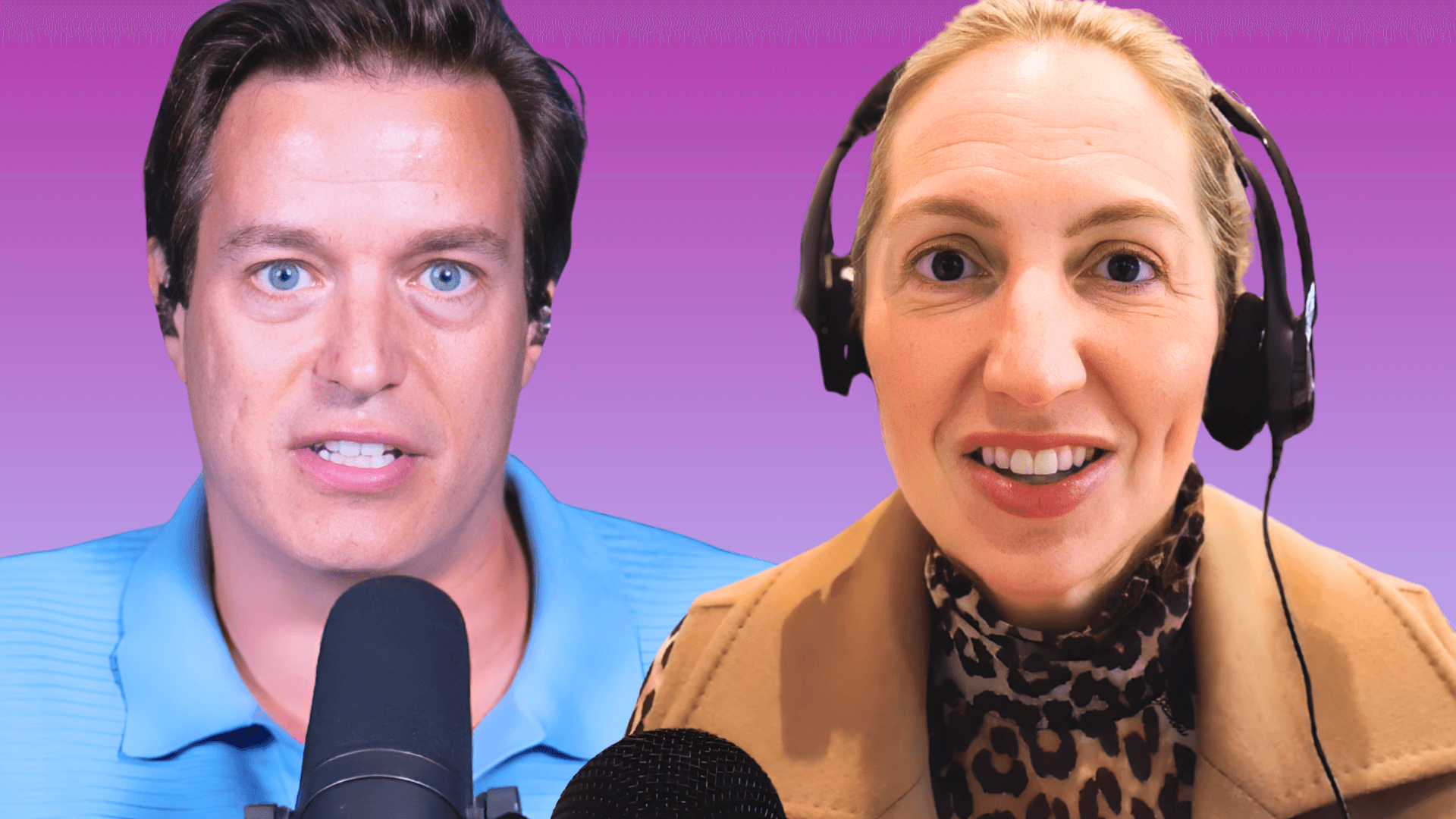Steve Sisler (@stevesisler) explains how to adjust your style to connect.
“We don’t see people as they are, we see people as we are.”-Steve Sisler
The Cheat Sheet:
- The three reasons people listen.
- How much of communication is verbal, how much body language?
- What behavioral profile do nurses most often fit?
- Why meek does not equal weak.
- The secret to saying anything to anyone, Steve reveals.
- And so much more…
Beyond any degree, any certification, any technical skillset, the most important factor in how far you go in your career, and every area of life is how well you connect with people. On The Art of Charm we’ve highlighted people and studies that prove this, and today we’re joined by a guest who is considered one of the best at this art.
On today’s show is Steve Sisler, behavioral analyst. But he’s not just any behavioral analyst — he’s been called a people-reading savant! And when you hear him on episode 350, you’ll know why. We cover how he does what he does, tips he has for you on how to read people, and so much more on today’s edition of The Art of Charm.
Download Episode Worksheet Here
More About This Show:
For the last 10 years, Steve Sisler has been reading people for a living. For him it’s an intuitive skill he has a knack for, and he’s put in the time, effort, and energy to hone his natural talent. Today he runs a thriving enterprise helping companies and people understand how to read people: from themselves, to their employees, to their spouses, and significant others.
Naturally a man like Steve has hundreds upon hundreds of stories about his work and the revelations people have experienced as a result of better understandings of themselves and each other; he shares a few of those with us on this episode and they are worth listening in to hear! What he also shares on this episode is the four types of people. You’ll want to take note of these and how to recognize them.
The first type is the mad type. These are the “get to the point,” one word answer, bottom-line type people. They get stuff done. When Steve describes them as mad, it’s not a bad thing. It simply means they operate out of decisiveness and want to accomplish something.
How do you recognize them? They are bold and direct. Their emails will often be one word, brief responses with exclamation points and periods. If you still don’t know if someone is a mad type, try saying things like “here’s the point,” and “the bottom line is.” If they respond positively, you know they’re a mad type.
The second type is the glad type. These people come from an optimistic emotional base and they operate based on how they feel. They are usually very charming and suave — think of Bill Clinton. If you’re trying to sell a car to a glad type, you’ll want to put them in the flashiest, fastest convertible and tell them how great they look when driving! These folks are also direct communicators, like the mad type.
Then there are the non-direct communicator types, our final two: sad and scared. The sad folks are the supporters in the world. These people are often found working in office administration roles as secretaries, office managers, and receptionists. They are calm, easy-going, and quiet. You never know what they’re thinking, but you can clue in based on their emails: they use question marks and commas a lot.
The fourth group is the scared group. These are the type of people who are thinkers. They see the logical in both sides of an argument and will always acknowledge when someone is right. Think of Mr. Spock from Star Trek — he’s a perfect example of a scared type. This group is also an indirect communicator, meaning they won’t tell you directly what’s going on with them.
Steve has recommendations for how to communicate with each group and he says it’s incredibly important to remember you are responsible for giving the other person space to communicate with you in a way that works for them. So even if you’re a mad type and you’re dealing with a sad type person, don’t expect tell them to directly communicate. Steve says that’s like telling a rock to be a tree! If you want an authentic relationship with someone, you have to be willing to meet them where they are.
There are other additional ways to communicate with each type, and Steve shares some of his personal stories about handling a dominant/mad type and also how he, a mad type, interacts with his sad type wife. He gives terrific, applicable lessons we can all use.
We also cover how to be vulnerable (and if it works with mad types), and how to spot each of these types based on people’s physical behaviors (like a handshake). There’s a tremendous amount of valuable information in this episode, enjoy it! As always, thank you for being here, and we’ll see you next time.
THANKS, STEVE SISLER!
Resources from This Episode:
You’ll Also Like:
- The Art of Charm Challenge (click here or text 33444 in the US)
- The Art of Charm Bootcamps
- Elite Human Dynamics
- Best of The Art of Charm Podcast
- The Art of Charm Toolbox
- The Art of Charm Toolbox for Women
- Find out more about the team who makes The Art of Charm podcast here!
On your phone? Click here to write us a well-deserved iTunes review and help us outrank the riffraff!




